View all Standards for California VAPA Standards (2019)
Adv.TH:Re7 Use historical and cultural context to structure and justify personal responses to a drama/theatre work.
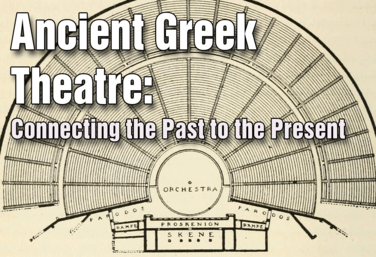
Ancient Greek Theatre
by Lindsay Price
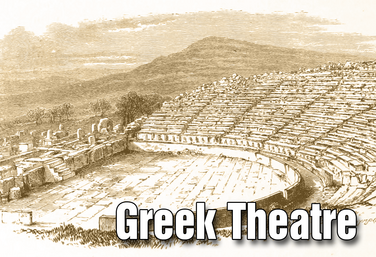
Part of the Drama One Curriculum
Ancient Greek Theatre
by Karen Loftus
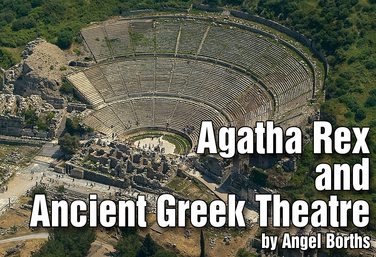
Agatha Rex and Ancient Greek Theatre
by Angel Borths
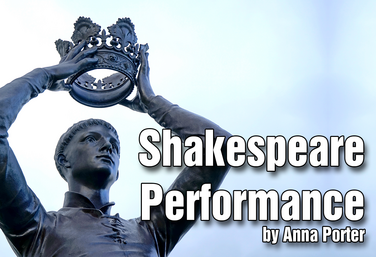
Shakespeare Performance
by Anna Porter
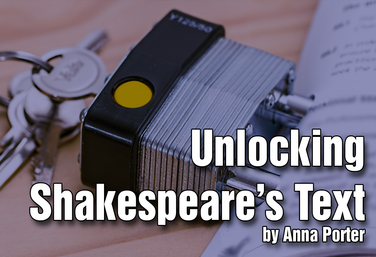
Unlocking Shakespeare's Text
by Anna Porter
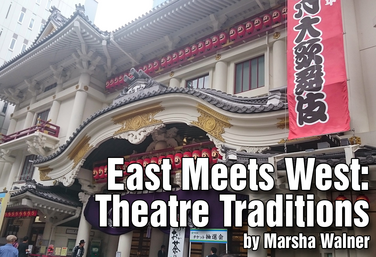
East Meets West: Theatre Traditions
by Marsha Walner
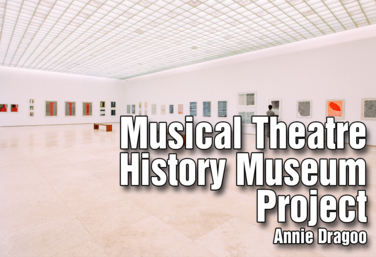
Musical Theatre History Museum Project
by Annie Dragoo
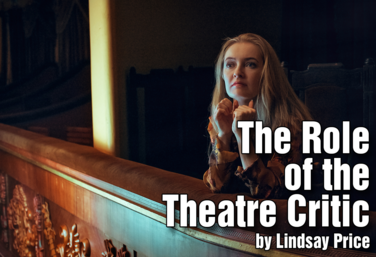
The Role of the Theatre Critic
by Lindsay Price
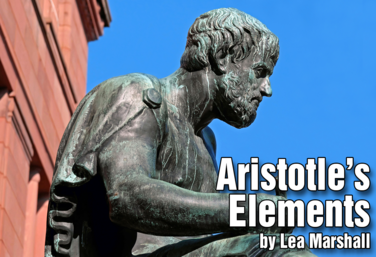
Aristotle's Elements
by Lea Marshall
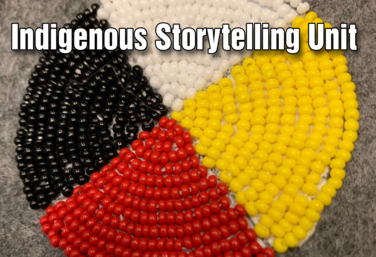
Indigenous Storytelling Unit
by Allison Green
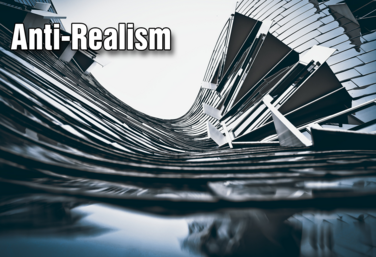
Anti-Realism
by Wendy-Marie Martin
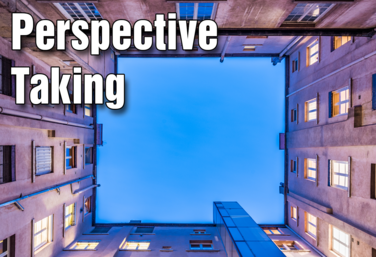
Perspective Taking
by Lindsay Price
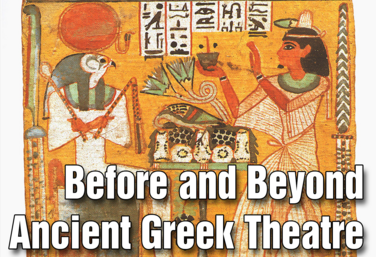
Part of the Theatre History Curriculum
Unit 1: Before and Beyond Ancient Greek Theatre
by Drama Teacher Academy
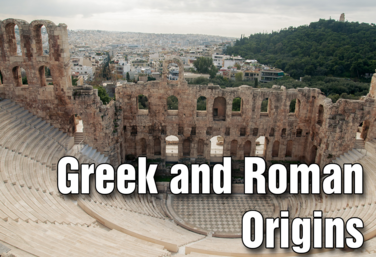
Part of the Theatre History Curriculum
Unit 2: Greek & Roman Origins
by Drama Teacher Academy
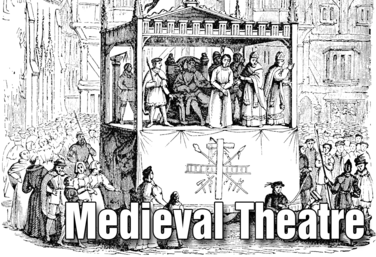
Part of the Theatre History Curriculum
Unit 3: Medieval Theatre
by Drama Teacher Academy
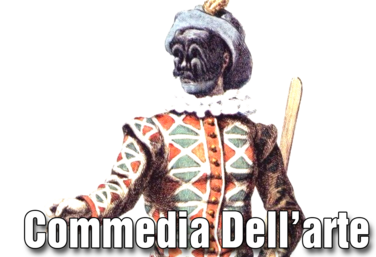
Part of the Theatre History Curriculum
Unit 4: Commedia Dell'Arte
by Drama Teacher Academy
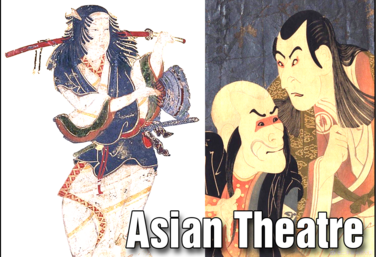
Part of the Theatre History Curriculum
Unit 5: Asian Theatre
by Drama Teacher Academy
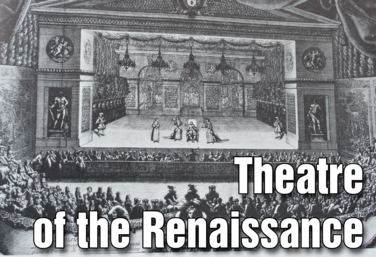
Part of the Theatre History Curriculum
Unit 6: Theatre of the Renaissance
by Drama Teacher Academy
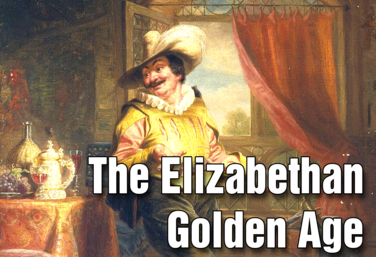
Part of the Theatre History Curriculum
Unit 7: The Elizabethan Golden Age
by Drama Teacher Academy
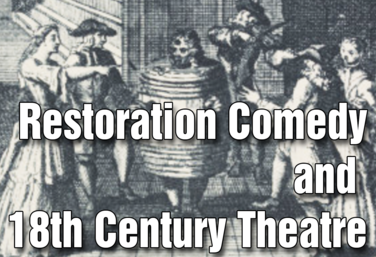
Part of the Theatre History Curriculum
Unit 8: Restoration Comedy & 18th Century Theatre
by Drama Teacher Academy
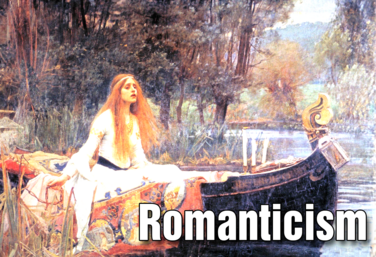
Part of the Theatre History Curriculum
Unit 9: Romanticism
by Drama Teacher Academy
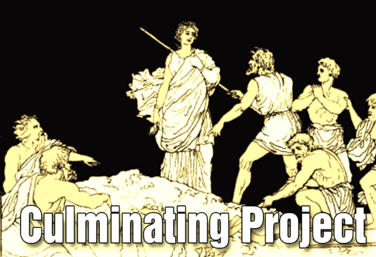
Part of the Theatre History Curriculum
Culminating Project
by Drama Teacher Academy
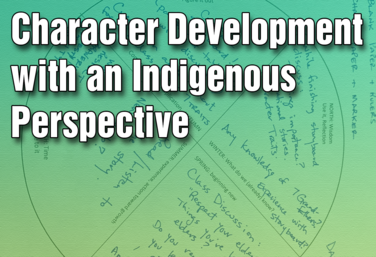
Character Development with an Indigenous Perspective
by Allison Green
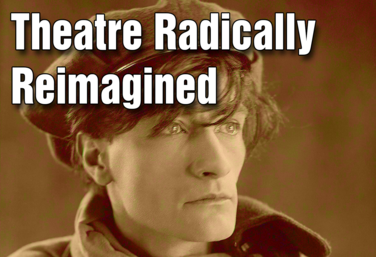
Theatre Radically Reimagined: Exploring Artaud, Grotowski, and Boal
by Ruthie Tutterow
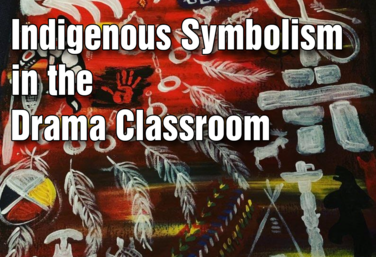
Indigenous Symbolism in the Drama Classroom
by Allison Green
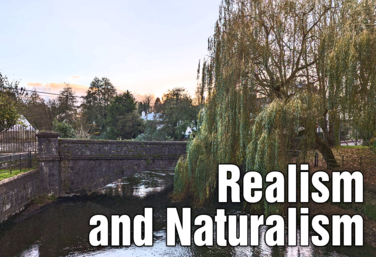.png)
Realism and Naturalism
by Drama Teacher Academy

Spoken Word Poetry
by Quincy Young
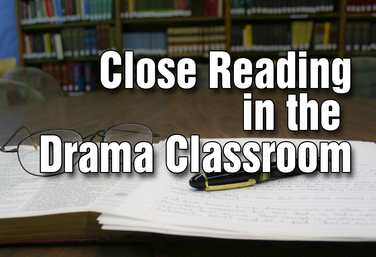
Close Reading in the Drama Classroom
by Lindsay Price

21st Century Skills Through Devising
by Allison Williams
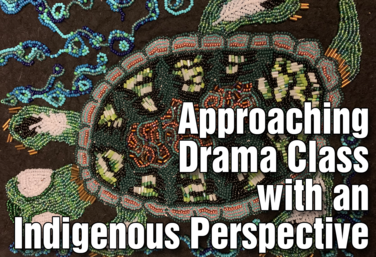
Approaching Drama Class with an Indigenous Perspective
by Allison Green
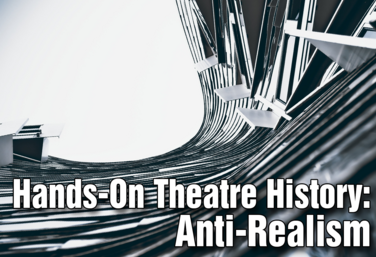
Hands-On Theatre History: Anti-Realism
by Wendy-Marie Martin
View all Standards for California VAPA Standards (2019) Standards Master List